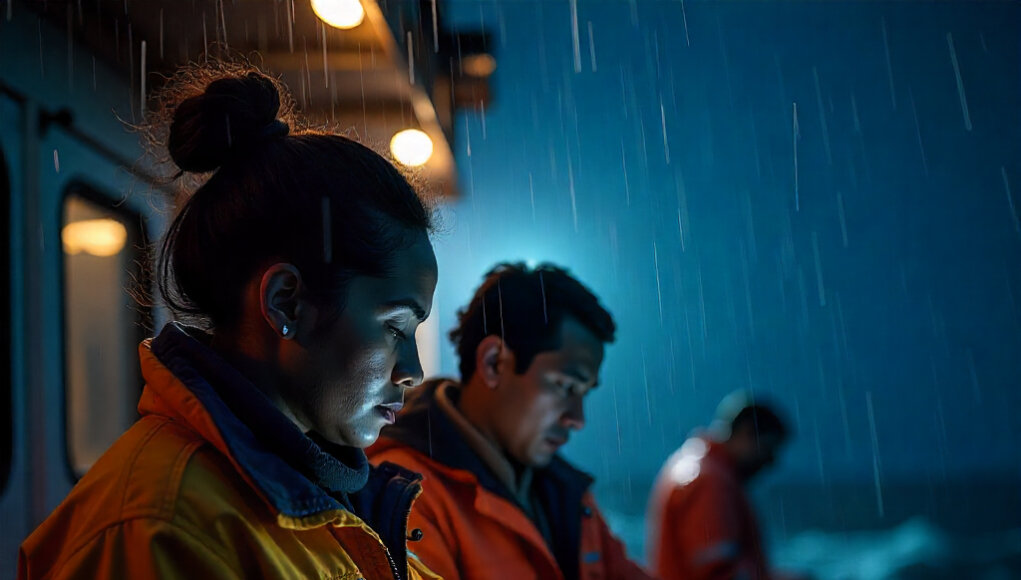AI Model Speeds Up Bycatch Analysis in Pollock Fishery
In the vast, cold waters of Alaska, a technological breakthrough is transforming how scientists monitor fishing practices. The latest weapon in marine conservation? An artificial intelligence model that can analyze underwater video footage faster and more accurately than human experts.
The Bycatch Challenge
Bycatch—the unintended capture of non-target marine species—has long been a critical environmental challenge. In the pollock fisheries, salmon frequently become unintended casualties, threatening delicate ecological balances. Traditional monitoring methods were time-consuming and labor-intensive, requiring scientists to manually review hours of underwater footage.
How AI Changes the Game
- Speed Revolution: The YOLOv11 model can process fishing tow videos in hours, compared to days or weeks of human review.
- Precision Detection: The AI achieved an impressive 97% fish detection rate with 82% prediction accuracy.
- Adaptive Learning: The model can be trained to distinguish between different fish species, reducing misidentification errors.
What makes this breakthrough so exciting isn’t just the technological marvel, but its potential real-world impact. By rapidly identifying and analyzing bycatch, fisheries can develop more targeted, sustainable fishing practices.
Beyond the Numbers: Practical Implications
This isn’t just about faster video analysis—it’s about reimagining marine conservation. The AI model represents a critical step towards more intelligent, environmentally conscious fishing techniques. By providing near-instantaneous insights, it empowers fishers to make immediate, informed decisions that protect marine biodiversity.
Katherine Wilson, the study’s lead scientist, captures the excitement: “We’re not just saving time; we’re giving the fishing industry powerful tools to operate more sustainably.”
Future Horizons
While promising, the technology isn’t perfect. Researchers acknowledge challenges like distinguishing between smaller Chinook salmon and managing low-light underwater conditions. But these aren’t roadblocks—they’re opportunities for continued innovation.
The future of marine conservation looks increasingly technological. As machine learning and computer vision advance, we can expect even more sophisticated tools that help us understand and protect our planet’s complex marine ecosystems.
Curious about how AI is transforming environmental science?





